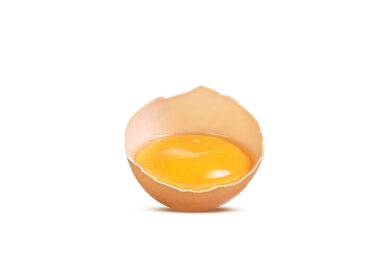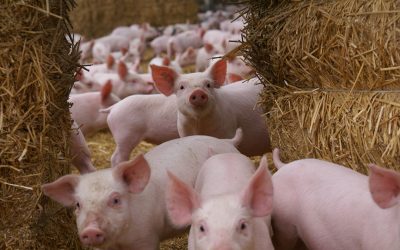Rumalato improves FCR in steers
Malate has a fundamental role as an intermediary in the synthesis of propionic acid, the main precursor of glucose in ruminants. It also stimulates the consumption of lactic acid by bacteria such as Selenomonas Ruminantium.
Norel & Nature has developed RUMALATO, based on sodium-calcium salts of
malic acid. A trial was conducted by professor Rossi et al. at Milano University
(Italy). A total of 40 charolais steers fed with TMR diet including corn silage
were separated in 2 groups, control and Rumalato, where 20 grams of Rumalato per
animal and per day were added during 180 days.
malic acid. A trial was conducted by professor Rossi et al. at Milano University
(Italy). A total of 40 charolais steers fed with TMR diet including corn silage
were separated in 2 groups, control and Rumalato, where 20 grams of Rumalato per
animal and per day were added during 180 days.
.bmp)
Final live weight was higher for the Rumalato group (707 kg vs. 653 for the
control) and there was a trend for a better FCR. Significant differences were
observed during the period 90-180 days (see graph). Results at the metabolic
level show a different ruminal environment with higher pH values during all the
period, higher production of propionic acid (p<0.05) and more ammonia
produced (p<0.05) in the Rumalato group. This means a healthier rumen
environment with less risk of acidosis, more efficient energy metabolism and
improved performances.
.bmp)
Related website:
Norel &
Nature
control) and there was a trend for a better FCR. Significant differences were
observed during the period 90-180 days (see graph). Results at the metabolic
level show a different ruminal environment with higher pH values during all the
period, higher production of propionic acid (p<0.05) and more ammonia
produced (p<0.05) in the Rumalato group. This means a healthier rumen
environment with less risk of acidosis, more efficient energy metabolism and
improved performances.
Related website:
Norel &
Nature












